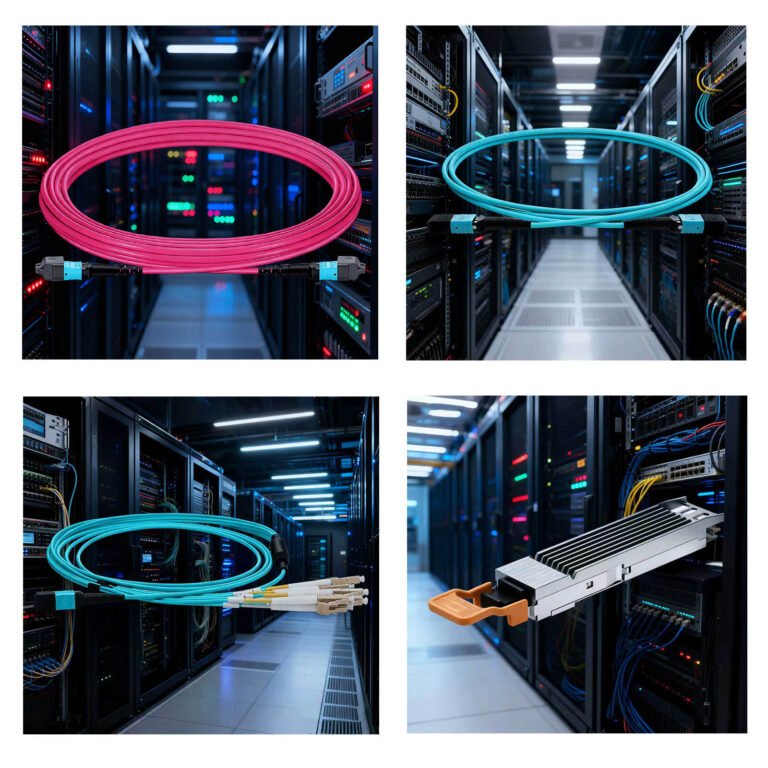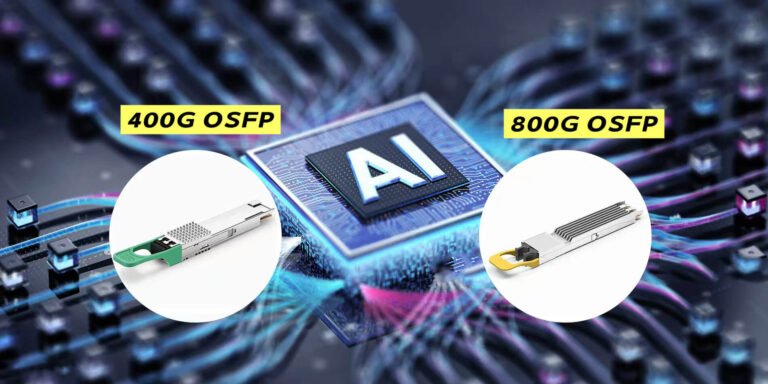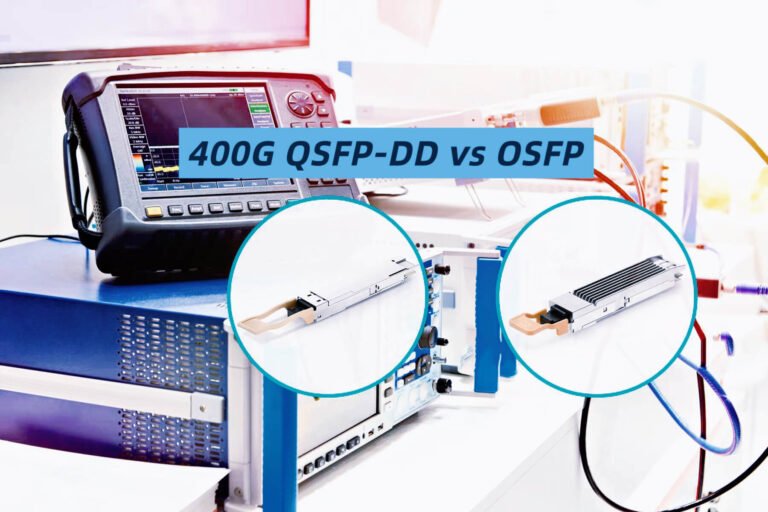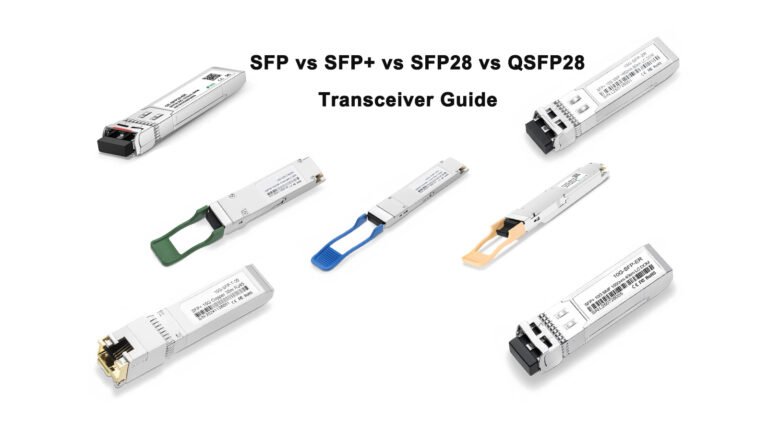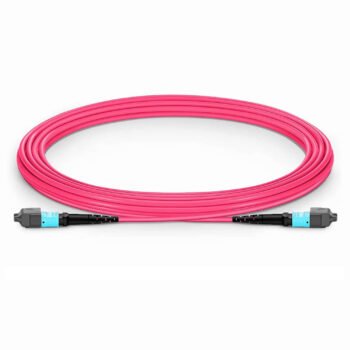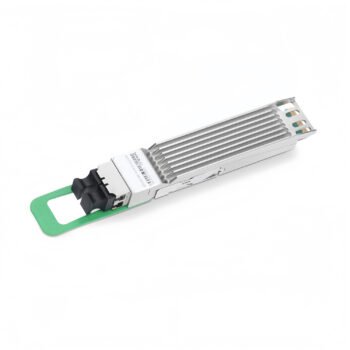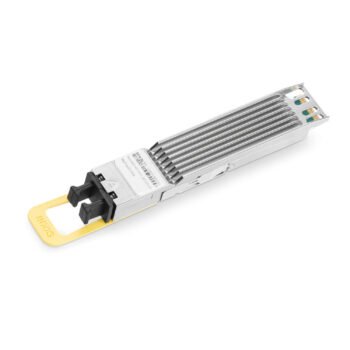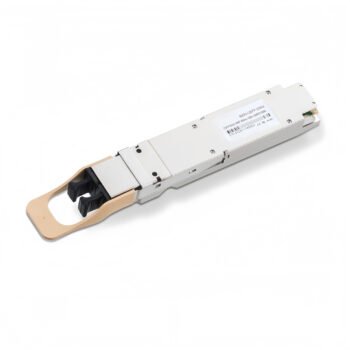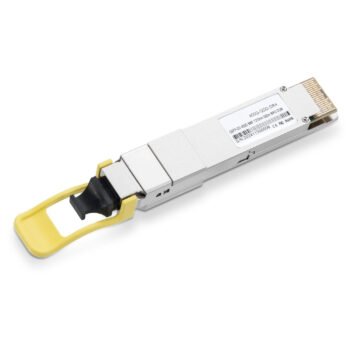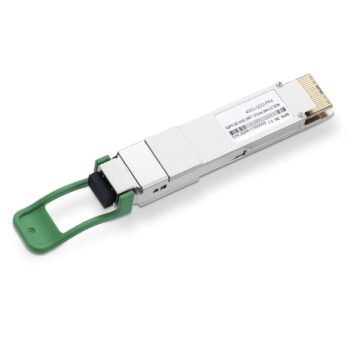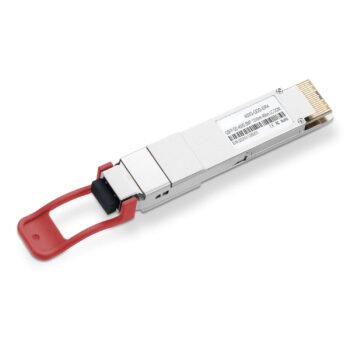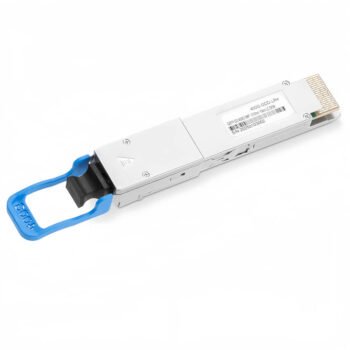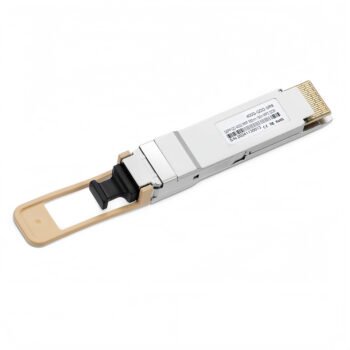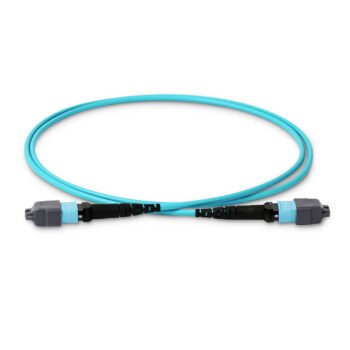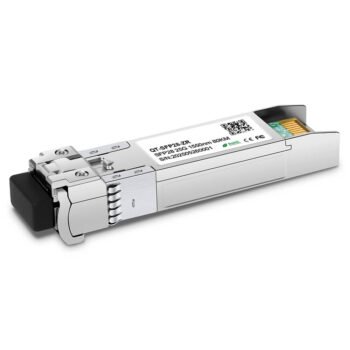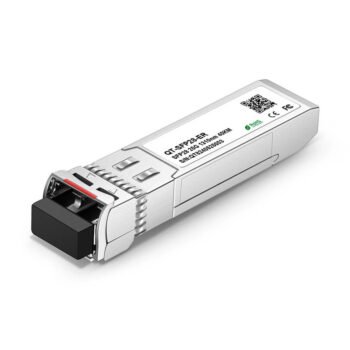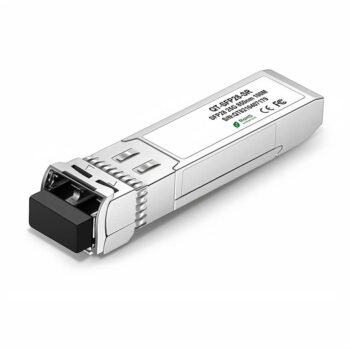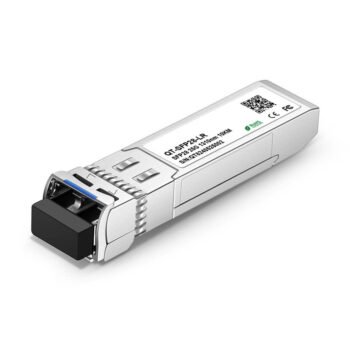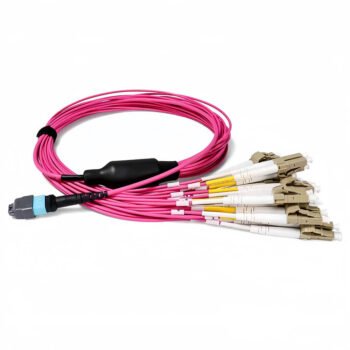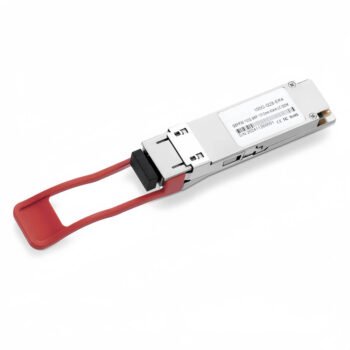Your data center’s Spine-Leaf architecture demands huge bandwidth. But picking the wrong MPO/MTP cables creates bottlenecks and kills performance, jeopardizing your entire investment. Let’s fix that.
To choose the right MPO/MTP cables, you must evaluate three core areas: key performance metrics like loss and bandwidth, supplier certifications and interface compatibility, and the total cost of ownership over time.
I remember a project manager from a mid-sized ISP who almost derailed a major upgrade. He focused only on the initial cost. We showed him how the right cable choice impacts everything. This guide shares what we taught him.
What Are the Core Technical Specs for Spine-Leaf MPO/MTP Cables?
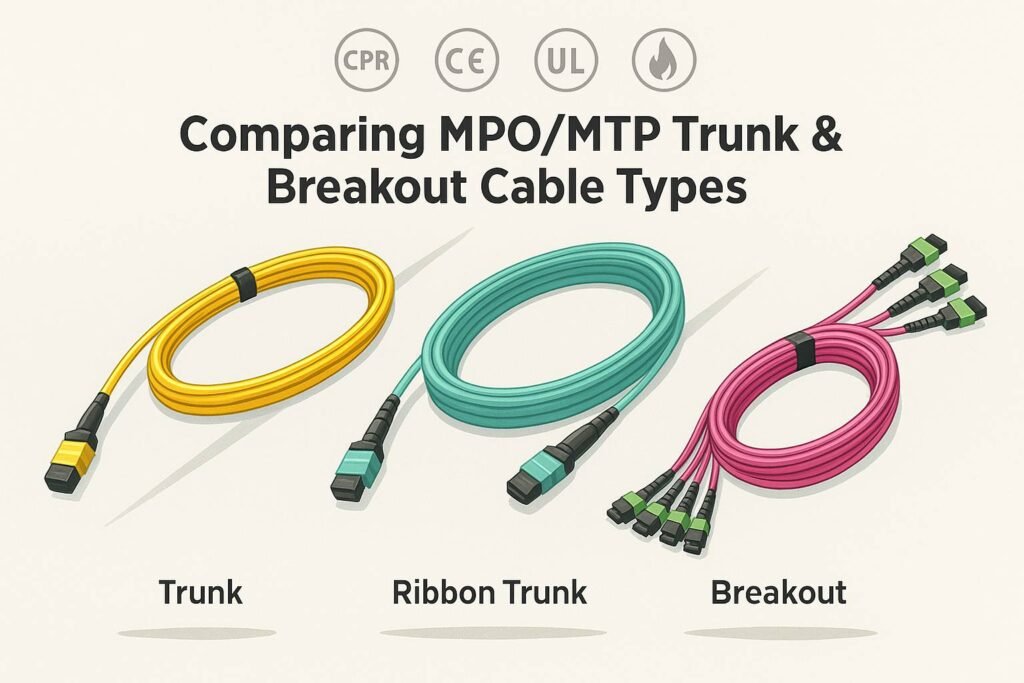
Looking beyond the price tag is the first step. The real value of a cable is hidden in its technical specifications. Let’s break them down.
The most critical specs are physical properties like durability, signal transmission quality for 40G up to 400G, and thermal performance to prevent overheating in high-density racks.
In my 9+ years in optical communications, I’ve seen these metrics make or break a network. At ABPTEL, our lab tests these obsessively because we know they are the foundation of a reliable network.
Key Performance Indicators
You can’t manage what you don’t measure. A cable is defined by its performance under stress. Here are the numbers that truly matter.
| Metric | Why It Matters | Our Target Spec |
|---|---|---|
| Insertion Loss (IL) | Measures signal power lost at the connection. Lower is better. | < 0.35dB per connector |
| Return Loss (RL) | Measures signal reflected back. A high number is better. | > 60dB (APC), > 50dB (UPC) |
| Durability | How many times you can plug/unplug it. This is essential for moves and changes. | ≥ 500 cycles |
| Bandwidth | The data rate it can handle. It must match your transceivers. | Supports 40G/100G/400G+ |
For an in-depth guide on comprehensive network cabling principles, read What is Structured Cabling and Why is it Essential for Data Networks?.
Supply Chain and Compatibility
Your MPO/MTP cable is part of a larger ecosystem. So, it has to work well with other components.
- Certified Connectors: I always recommend using cables with connectors from certified suppliers like US Conec. This guarantees quality and interoperability. It’s a simple step that prevents big headaches.
- Interface Matching: Your cable must be compatible with your transceivers. This includes modern interfaces like QSFP-DD, OSFP, and even emerging Co-Packaged Optics (CPO). A mismatch here means nothing will work.
Balancing Cost and Performance
It is tempting to buy the cheapest cable. But that is a classic mistake. You should think about the total cost of ownership (TCO). A high-quality cable costs more upfront but saves you money on downtime, troubleshooting, and future upgrades. A staged approach can work well. Start with cables that meet your 40G/100G needs today. But make sure they are built with the quality to handle 400G tomorrow.
How Can You Optimize Cabling Layouts in a Spine-Leaf Design?
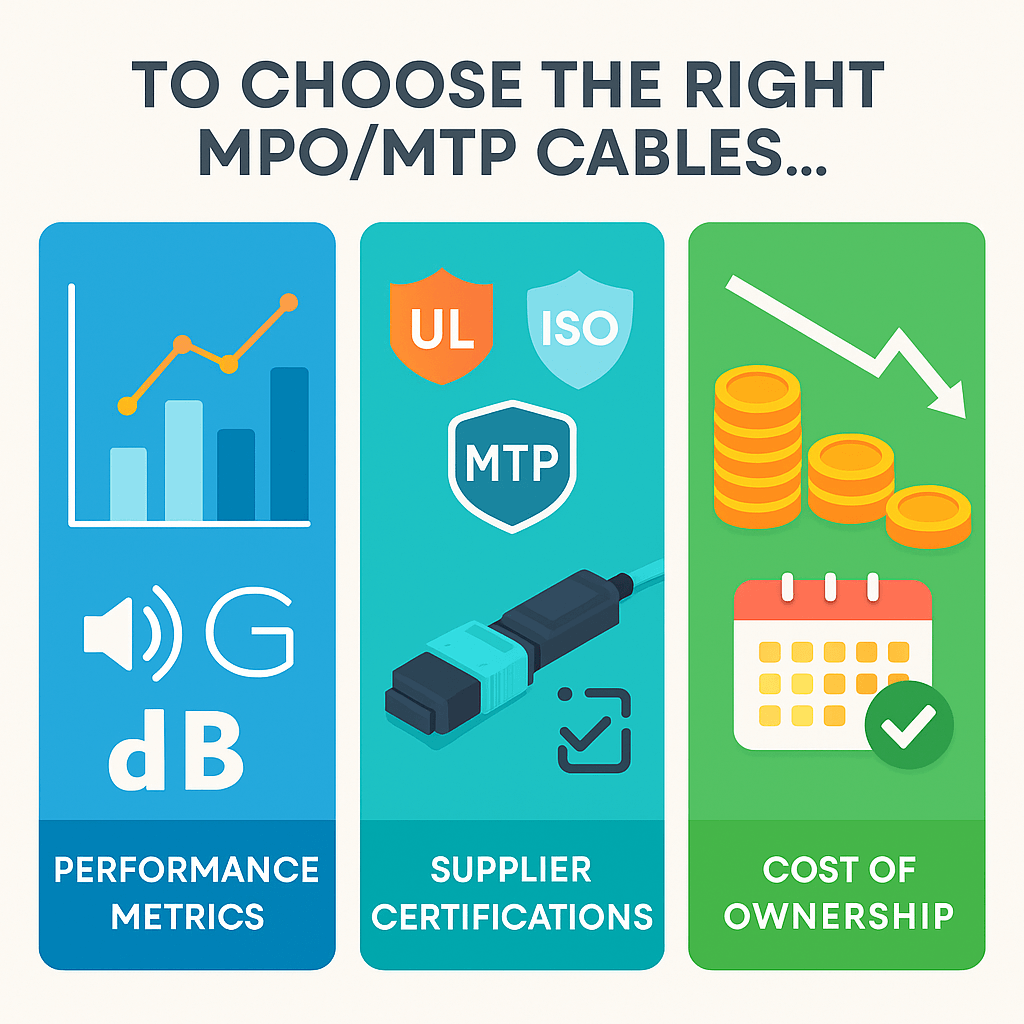
The best cable in the world can fail if you install it poorly. Your physical cabling strategy is just as important as your hardware selection.
Optimization hinges on two rules: controlling trunk cable length and bend radius to maintain signal integrity, and selecting a network topology that matches your data center’s scale and purpose.
We follow simple but strict rules for our clients’ installations. These small details ensure the network performs as designed.
Physical Layout Rules
- Control Trunk Length: For spine-to-leaf connections, we keep trunk cables between 1.5 and 5 meters. This range often provides the best balance of slack and signal performance. Too long, and you risk signal degradation. Too short, and you have no flexibility for future changes.
- Respect the Bend Radius: Modern bend-insensitive fiber is amazing, but it has limits. Never bend a cable tighter than its specified minimum bend radius, which is typically around 15mm. A sharp bend will permanently damage the fiber and kill your signal.
Optimizing Network Topology
How you connect your spine and leaf switches depends on your data center. There is no one-size-fits-all solution, but here are two common layouts we deploy.
| Recommended Layout | Best For | Key Advantage |
|---|---|---|
| Point-to-Point Grid | Most standard data centers. | Simple, easy to manage, and scalable. |
| Tree Topology | Edge computing sites with diverse devices. | Efficiently aggregates connections from many sources. |
For network infrastructure blending both fiber and power integration, see FTTA Fiber Optic Cabling and Power Integration Solutions.
Ensuring Signal Integrity
A clean signal is a fast signal. Two main enemies of signal integrity are reflections and dispersion.
- Control Reflections: Signal reflections corrupt your data. We almost always recommend APC (Angled Physical Contact) connectors over UPC connectors. The 8-degree angle on an APC connector directs reflections out of the fiber core, keeping the signal clean.
- Manage Signal Dispersion: In multimode fiber (MMF), light signals can spread out over distance, causing errors. For speeds of 100G and above, OM4 or OM5 fiber is essential. OM5 fiber is specifically designed to handle multiple wavelengths, making it perfect for modern high-speed applications.
Final thoughts
Choose the right MPO/MTP cable by matching fiber type to speed, managing layout for signal integrity, and planning for future bandwidth. Get it right the first time.

